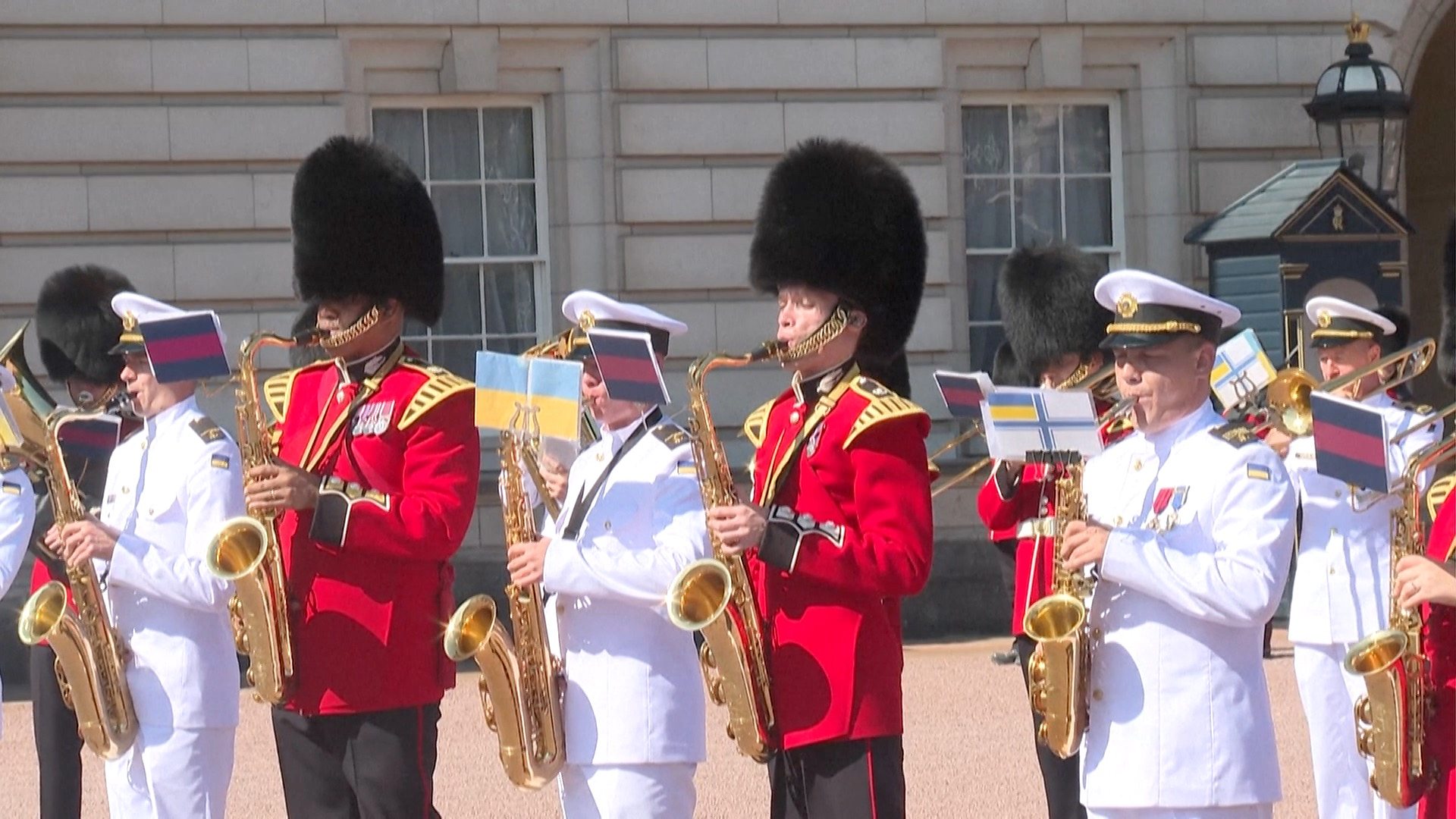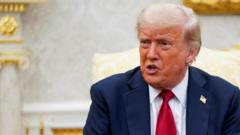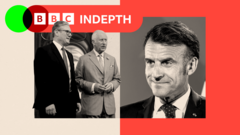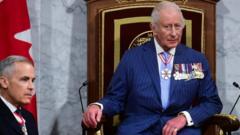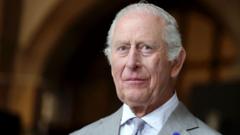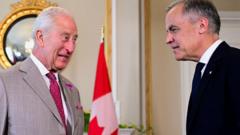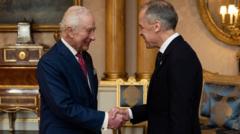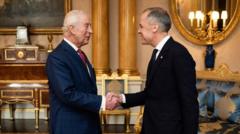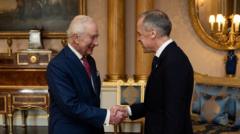**The royal train, a cherished icon of the British monarchy for over 150 years, is set to retire, as outlined in a recent announcement from Buckingham Palace. The lavish train first came into service under Queen Victoria in June 1842, after she was persuaded by Prince Albert to embrace this modern mode of transportation, which she initially feared might be harmful to her health. Despite her initial reluctance, Victoria found train travel delightful, ultimately leading to the commissioning of private rail cars featuring luxury interiors adorned with gold and silk.
Throughout the decades, the train has been synonymous with royal engagements, state visits, and family trips, including honeymoon journeys. However, the current cost-cutting measures by the palace necessitate its discontinuation, prompting reflection on its historic role in bridging generations of British royalty, from Queen Victoria to the current sovereign, King Charles III.
As the train comes to a halt, it not only marks the end of a significant tradition but also raises discussions about the future of royal travel and the monarchy's adaptation to modern times.**
Throughout the decades, the train has been synonymous with royal engagements, state visits, and family trips, including honeymoon journeys. However, the current cost-cutting measures by the palace necessitate its discontinuation, prompting reflection on its historic role in bridging generations of British royalty, from Queen Victoria to the current sovereign, King Charles III.
As the train comes to a halt, it not only marks the end of a significant tradition but also raises discussions about the future of royal travel and the monarchy's adaptation to modern times.**



